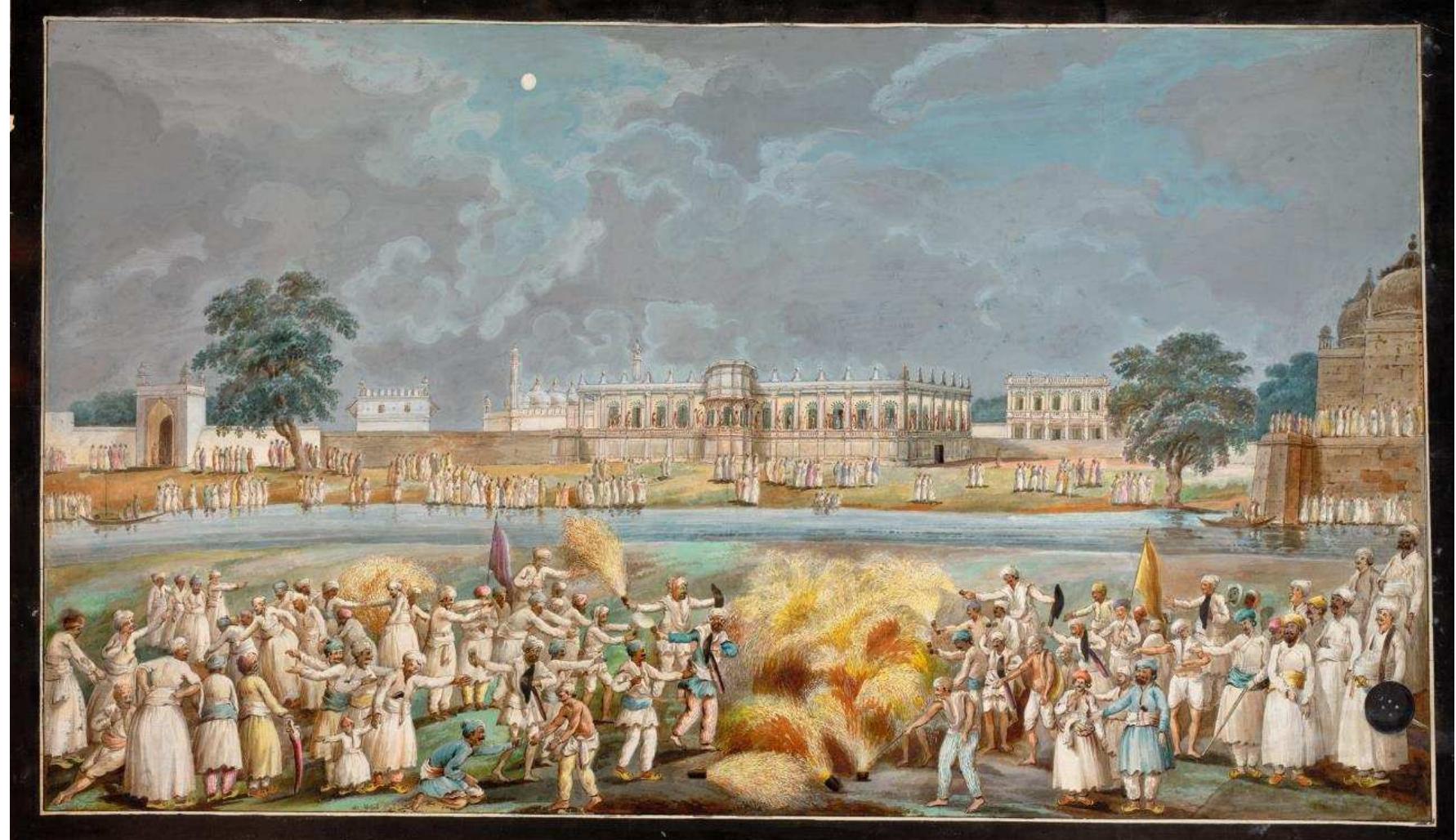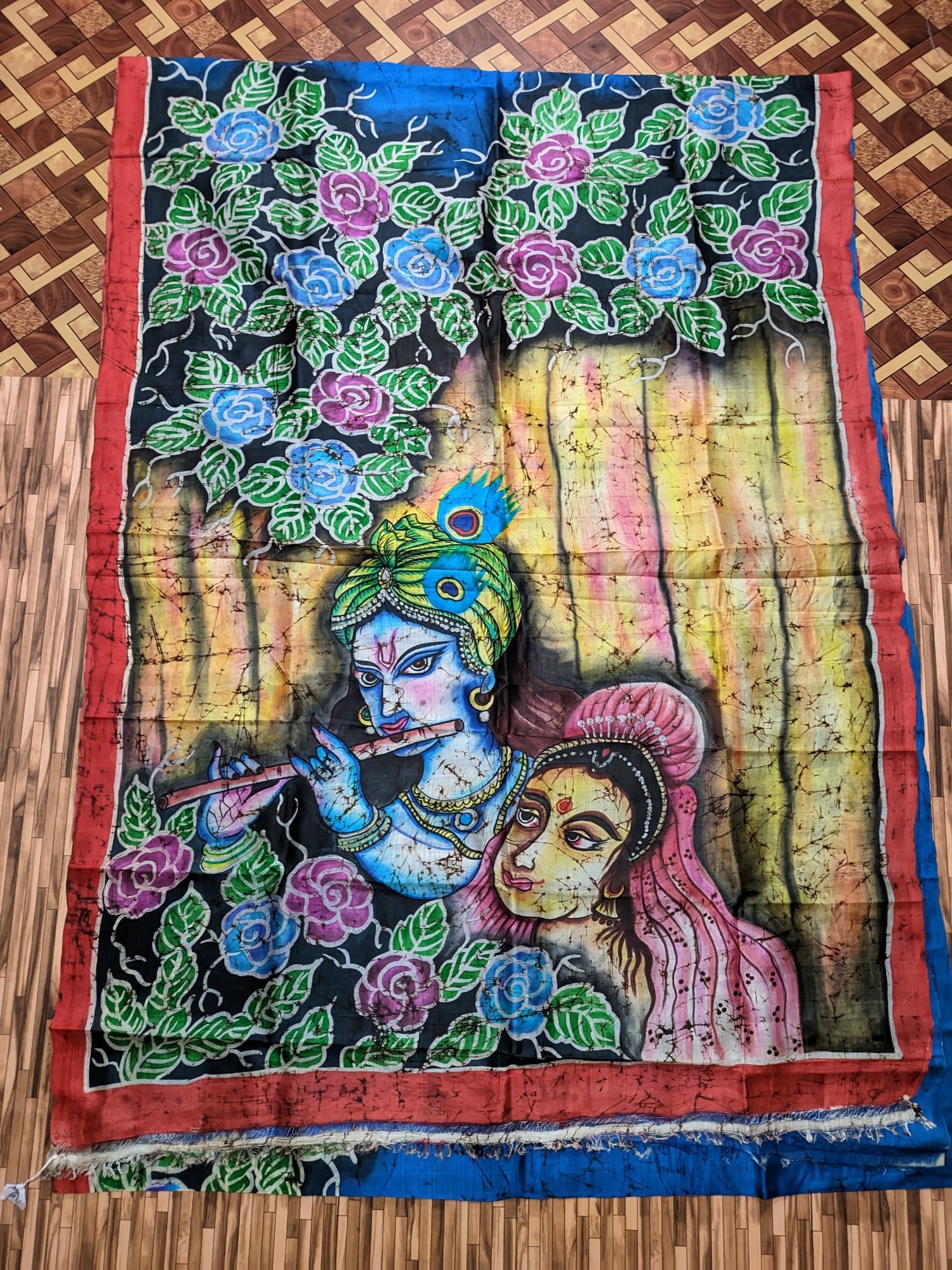
Menu

Sikh miniature painting is a lesser-known but profoundly rich art form that captures the spiritual, historical, and cultural essence of Sikhism. Emerging during the 18th and 19th centuries in Punjab, this style drew inspiration from the Pahari, Mughal, and Rajput miniature traditions but evolved with a unique Sikh perspective.
These intricate paintings often depict scenes from the lives of the Sikh Gurus, especially Guru Nanak Dev Ji, Guru Gobind Singh Ji, and events from Sikh history such as the formation of the Khalsa or battles fought for justice. More than just art, these miniatures are visual scriptures—each brushstroke a reflection of faith, valor, and devotion.
What sets Sikh miniature painting apart is its storytelling depth. Artists used vibrant colors, fine detailing, and expressive figures to narrate tales of moral virtue, compassion, and divine guidance. The works were often commissioned by Sikh nobility and served as both decorative and devotional objects.
In addition to historical and religious themes, these paintings capture everyday life in Punjab, with portrayals of musical gatherings, nature, architecture, and rituals. The Guru is often depicted with a calm, otherworldly presence, surrounded by disciples or divine symbols, reinforcing the spiritual message.
Though this art form declined during the colonial period, recent years have seen a revival, with artists and historians working to preserve and promote it. Museums and private collectors around the world now house rare examples of Sikh miniatures, making them accessible to new generations.
Sikh miniature painting is not just an aesthetic tradition—it’s a legacy of visual devotion that continues to inspire through its grace, message, and history.



